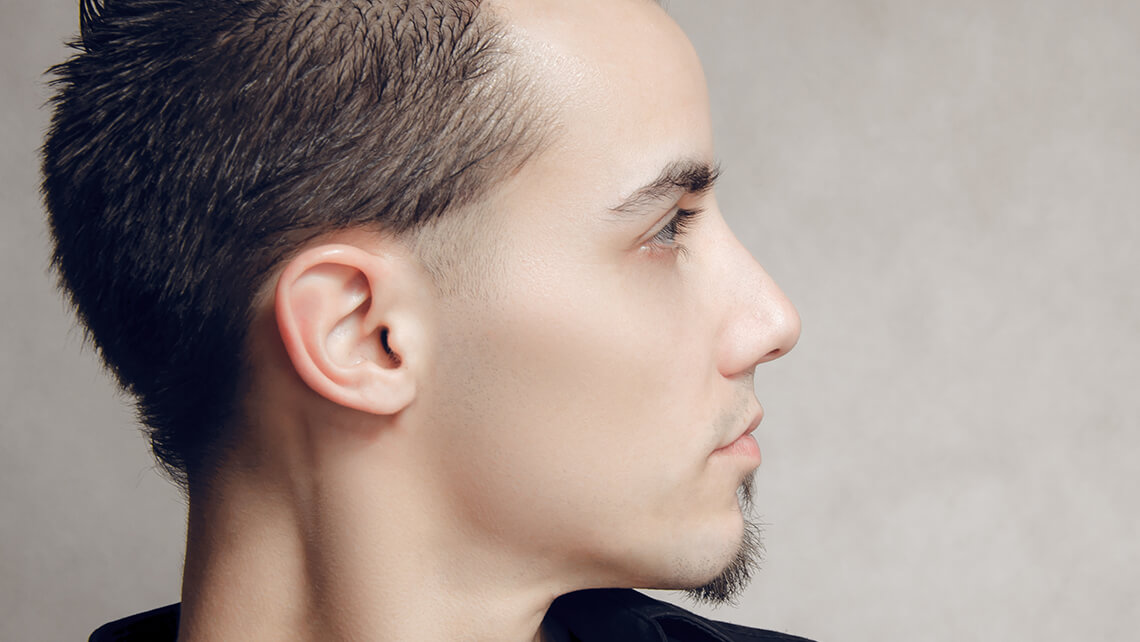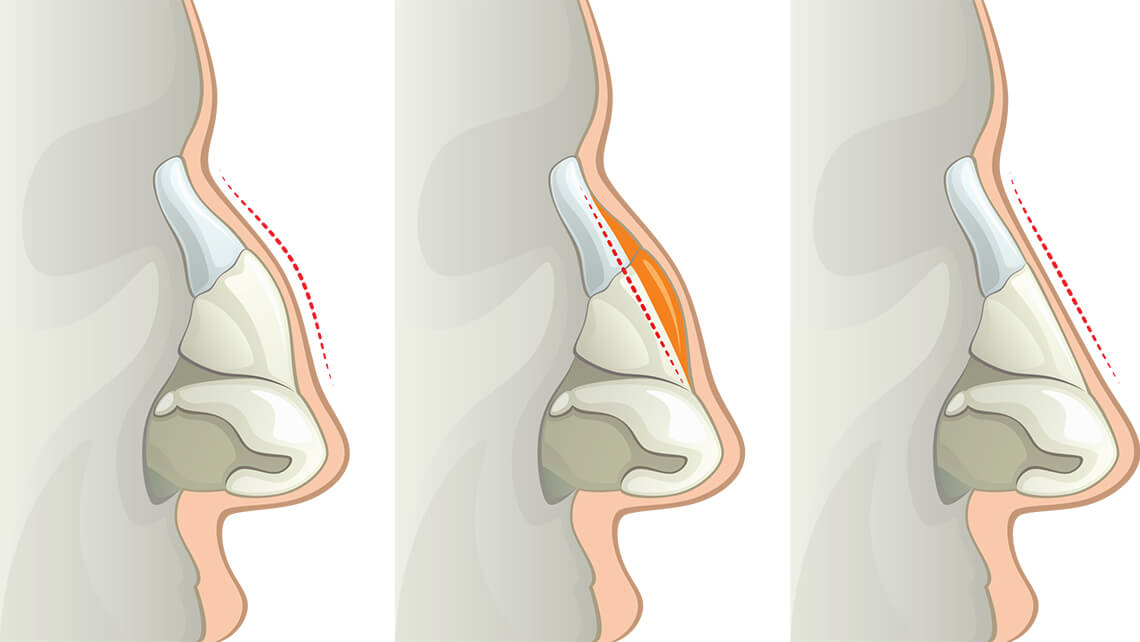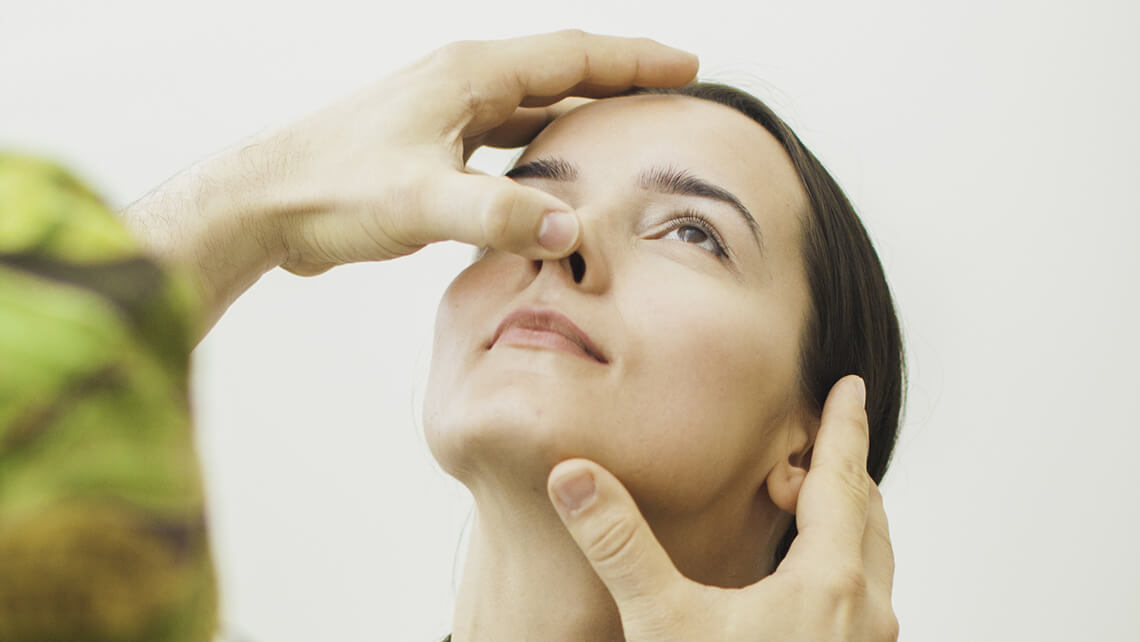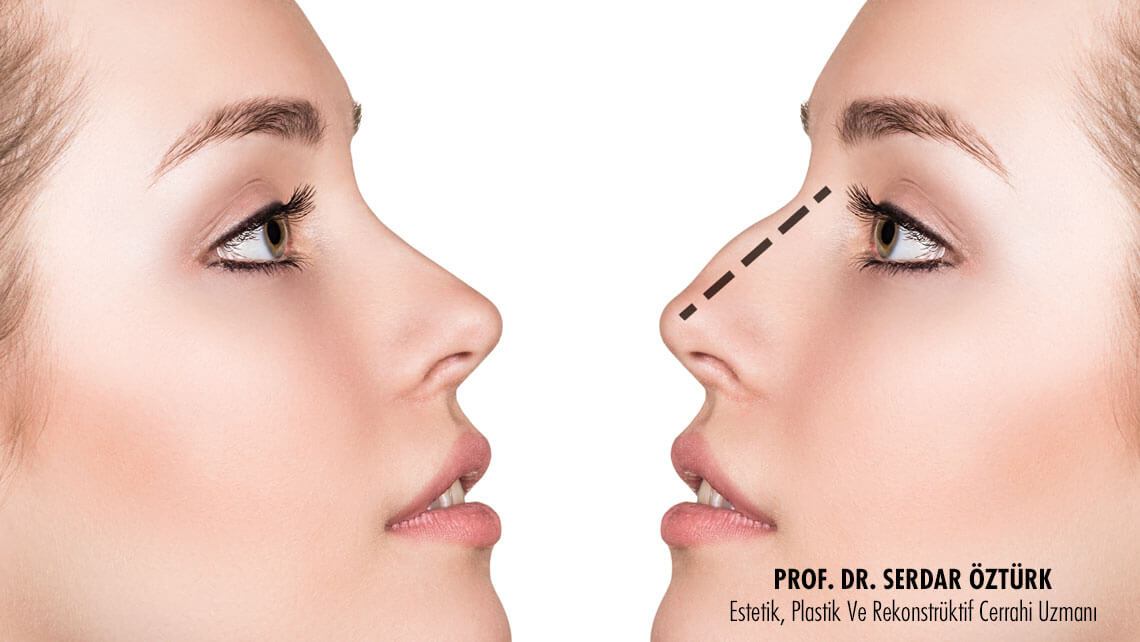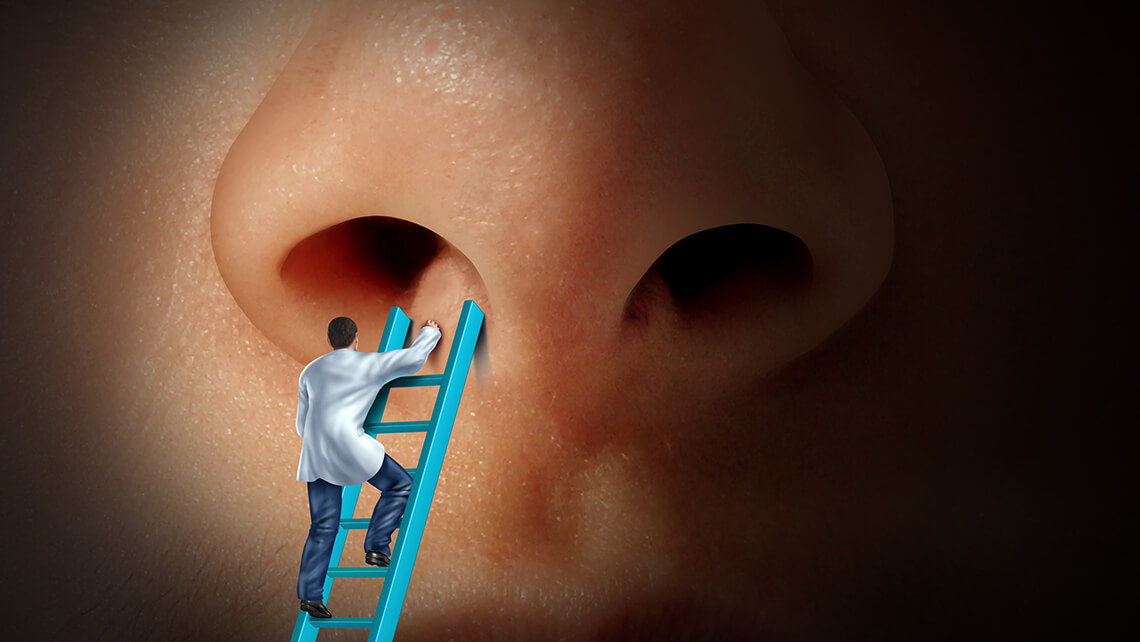Rhinoplasty is the most important surgical procedure among the aesthetic surgeries related to the facial area. The nose consisting of three-dimensional cartilage, bone and soft tissues is a special organ located in the center of the face, which directly affects facial expression, and also has a respiratory function. Since the nose is the organ last to complete its development in the facial region, rhinoplasty should be planned to be performed at 17 years of age at the earliest.
The most important points that come to the fore in planning are the patient's expectations and how much he/she is aware of his/her existing problems. Patient’s expectations should definitely be the first things to consider in rhinoplasty. My patients often complain of that their noses are arched, long or have droopy nasal tips (nasal tip ptosis). However, correcting these problems alone is usually not adequate for achieving a good result. Therefore, I try to help them notice other problems required to be solved, in addition to the problems they complain about.

As a plastic surgeon, when performing rhinoplasty operations I don’t aim at making the same nose for everyone, instead, I aim to provide each patient with a nose closest to his/her expectations, a nose in the best proportion with the face, and a functionally efficient nose with all its problems fixed. For this purpose, I use computer animation systems in my clinic, which ensures the planning to be made in the best possible way with the state-of-the-art technology. This system also helps me guide my patients towards realistic expectations in line with the planning, by showing them the possible results they will encounter after the surgery.
Thanks to this technology that allows for seeing the intended new shape of the nose from almost all angles, my patients can decide more easily on what they are concerned about.
Another important factor in the planning of rhinoplasty operations is the thickness of the nasal skin. Normally, the nasal skin gradually gets thicker from the nasal root towards the nasal tip, and its pores become more prominent. There is a high probability of problems in those with very thick nasal skin and those with very thin nasal skin. Therefore, patients should be given adequate information before rhinoplasty.
Rhinoplasty is actually a skeletal surgery. This surgery regulates the relations of the cartilage and nasal bones in themselves and between each other, and then the changes are covered with the nasal skin. If your skin is thin, it shows all the details of your nasal skeleton; and if your skin is too thick, it prevents the visibility of the details, with the opposite effect. Before the rhinoplasty surgery, the patient should be given the necessary information by clearly making these distinctions, and it should be ensured that the patient determines his/her own expectations by considering this feature.
Computed Imaging
In rhinoplasty, planning is almost half of the surgery. At this stage, computed imaging ensures making the best planning of the surgical operation, and helps us, plastic surgeons, determine the areas we should work on.
Computed imaging systems are quite helpful not only in rhinoplasty but also in breast augmentation operations. Before the surgery, it is very beneficial to make decisions together with the patient, on everything from selecting the brand of the implant to determining its shape, size and volume. The computed imaging system, which can show how a patient with flat or small breasts will look after surgery from all angles, helps the patient select the right implant.
We will see in the near feature that this technology will enable the physician to show the patient the post-operative images before surgical fat removal known as Vaser Liposuction.

